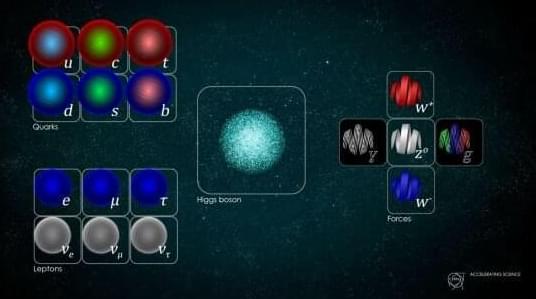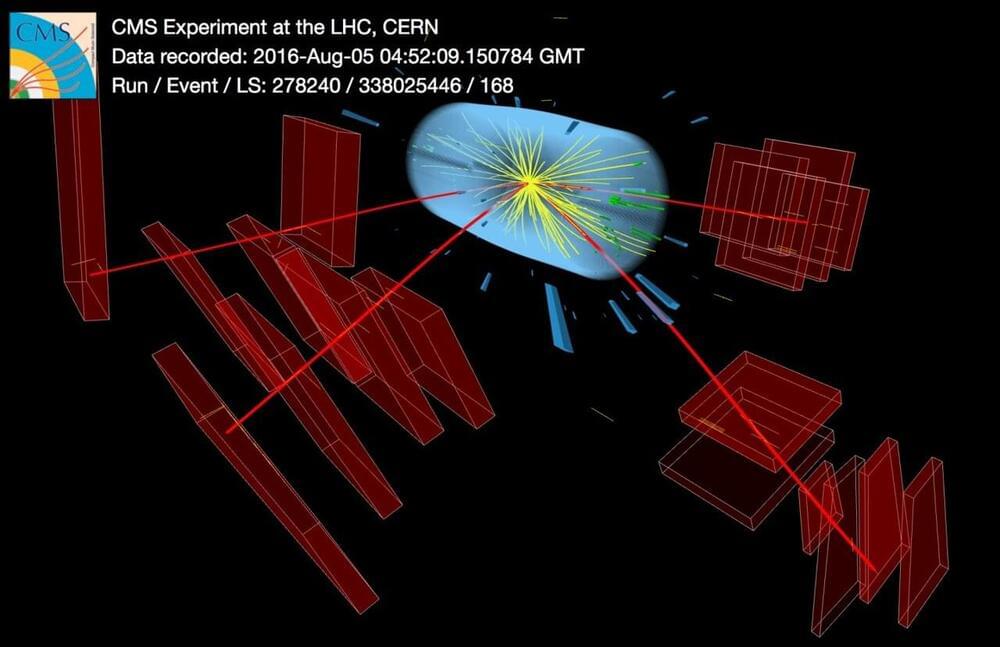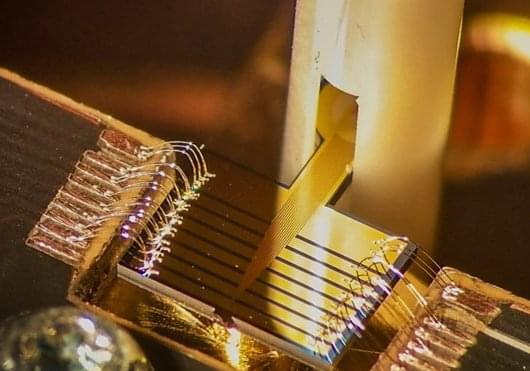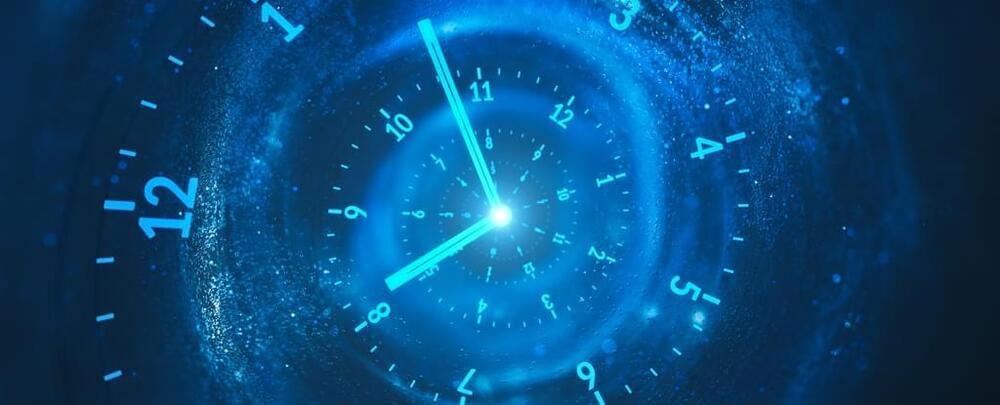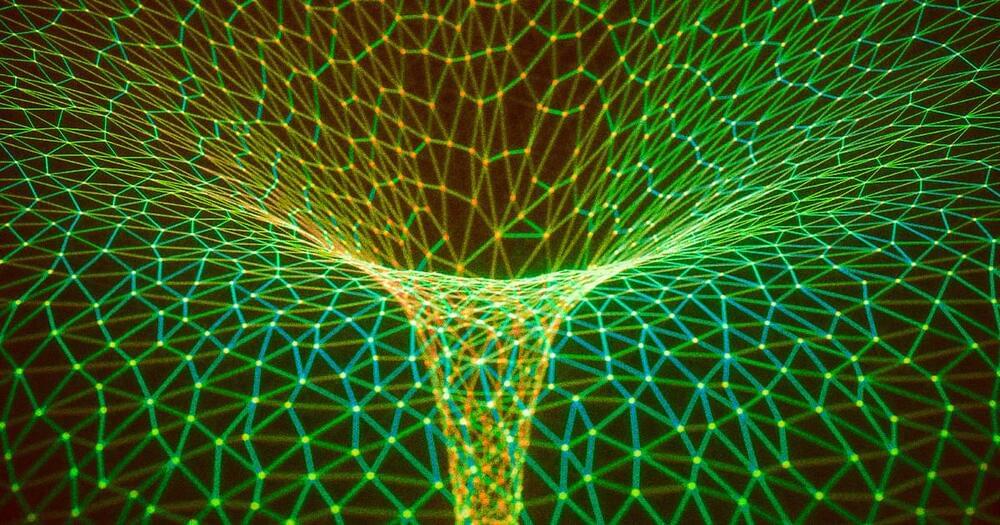For decades, various physicists have theorized that even the slightest changes in the fundamental laws of nature would make it impossible for life to exist. This idea, also known as the “fine-tuned universe” argument, suggests that the occurrence of life in the universe is very sensitive to the values of certain fundamental physics. Alter any of these values (as the logic goes), and life would not exist, meaning we must be very fortunate to be here.
But can this really be the case, or is it possible that life can emerge under different physical constants, and we just don’t know it? This question was recently tackled by Luke A. Barnes, a postdoctoral researcher at the Sidney Institute for Astronomy (SIA) in Australia. In his book, “A Fortunate Universe: Life in a Finely Tuned Cosmos,” he and Sydney astrophysics professor Geraint F. Lewis argued that a fine-tuned universe makes sense from a physics standpoint.
The authors also summarized these arguments in an invited contribution paper, which appeared in the Routledge Companion to Philosophy of Physics (1st ed.) In this paper, titled “The Fine-Tuning of the Universe for Life,” Barnes explains how “fine-tuning” consists of explaining observations by employing a “suspiciously precise assumption.” This, he argues, has been symptomatic of incomplete theories throughout history and is a common feature of modern cosmology and particle physics.
